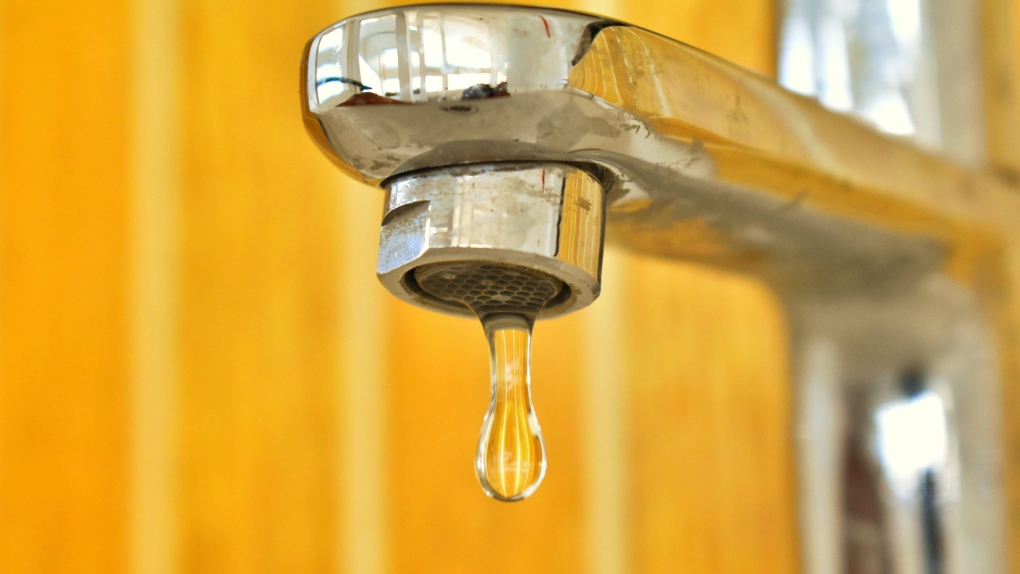
The level of lithium in a pregnant woman’s household’s tap water may correlate to a higher chance of their infant being diagnosed with autism, according to a new study looking at how this environmental factor may impact the prevalence of the neurological difference.
The study, published Monday in the peer-reviewed journal JAMA Pediatrics, looked at lithium levels in Denmark’s tap water and compared it to the health records of more than 50,000 children.
Researchers believe the results will help us to gain a better understanding of this compound on the brain.
“Any drinking water contaminants that may affect the developing human brain deserve intense scrutiny,” Beate Ritz, the lead author of the study, said in a press release. Ritz is professor of neurology in the David Geffen School of Medicine at UCLA and professor of epidemiology and environmental health at the UCLA Fielding School of Public Health.
“In the future, anthropogenic sources of lithium in water may become more widespread because of lithium battery use and disposal in landfills with the potential for groundwater contamination. The results of our study are based on high-quality Danish data but need to be replicated in other populations and areas of the world.”
Researchers looked at the levels of lithium in the drinking water based on 151 public waterworks in Denmark, and found that living in neighbourhoods with higher levels of lithium in the drinking water during pregnancy correlated to a slightly higher likelihood of that child being later diagnosed as being on the autism spectrum.
According to the Autistic Self Advocacy Network, autism is defined as a developmental disability that affects how autistic people experience the world, encompassing a wide spectrum of neurological differences.
The Canadian Medical Association Journal estimates that around one to two per cent of the overall Canadian population is on the autism spectrum, meaning at least 382,500 people in Canada are autistic. Around one in 50 Canadian children or youth were on the autism spectrum as of 2019.
Ritz’s research focuses on how environmental exposures affect our neurological development, and she had previously looked at how lithium may be able to affect an important molecular pathway involved in neurodevelopment.
This new study looked at health records of children who were born in 1997-2013 and compared around 8,800 autistic children with around 43,000 children who did not have an autism diagnosis, and then cross-referenced these with the area their parents had lived during pregnancy and its associated tap water lithium levels.
The regions with the highest levels of lithium in the tap water were associated with a 46 per cent higher chance of a child being diagnosed as on the autism spectrum compared to the regions with the lowest levels of lithium. Regions with the second and third highest lithium levels had a 24-26 per cent higher chance of children later being diagnosed with autism compared to the regions with the lowest levels.
This association was slightly stronger in urban areas compared to rural areas.
It’s important to note that this study only compares the observed rates of autism diagnoses with recorded lithium levels in tap water, and doesn’t determine any causality.
Further research into this pattern may be able to shine more light on how our environment plays a role in the vast neurological variations seen across the human population.